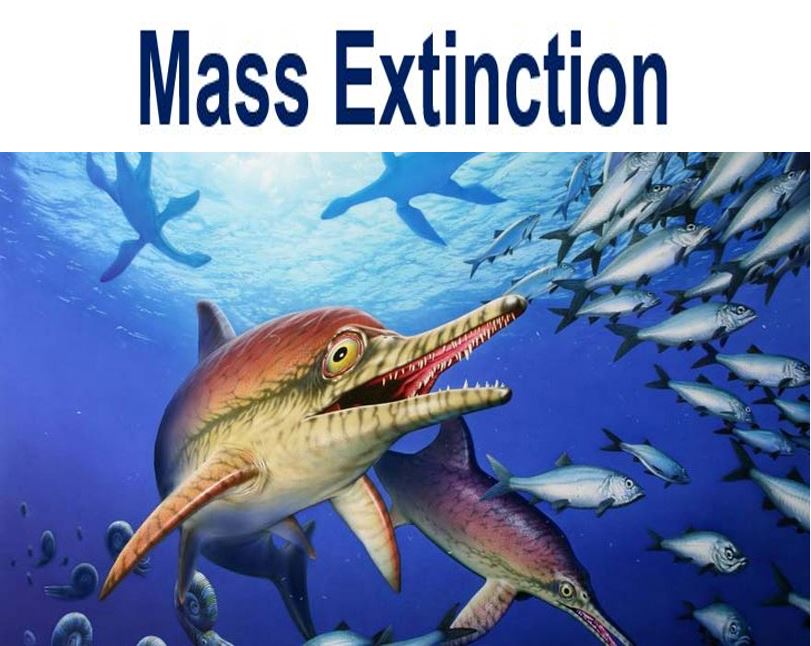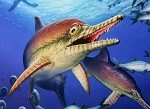Ocean acidification wiped out over 90% of marine life 252 million years ago. The volcanic activity at the time also destroyed more than two-thirds of all animals living on land, researchers from Britain, Austria and Germany reported.
The devastation to life on Earth occurred after the oceans absorbed massive amounts of carbon dioxide from volcanic eruptions, which changes the composition of the seas, making them more acidic.
Soaring emissions
The study, carried out by scientists from the Universities of Edinburgh, Cambridge, Leeds and Exeter in the UK, the University of Bremen in Germany, and the University of Graz in Austria, has been published in the journal Science.

The authors say their findings show that the resulting acidification of the oceans were to blame.
They add that the results of their study are helping scientists gain a better understand of the threat to marine life today by ocean acidification. The rate of carbon release 252 million years ago was similar to today’s emissions.
The extinction during the Permian-Triassic Boundary occurred over a 60,000 year period, while the acidification of the oceans lasted for about 10,000 years.
The acidification of the oceans was the driving force behind the most devastating phase of the extinction, the authors say, which was the kiss of death for an already unstable ecosystem.
The environment had already been put under pressure by rising temperatures and widespread loss of oxygen in the oceans.
Study co-ordinator, Dr Matthew Clarkson, of the University of Edinburgh’s School of GeoSciences, said:
“Scientists have long suspected that an ocean acidification event occurred during the greatest mass extinction of all time, but direct evidence has been lacking until now.”
“This is a worrying finding, considering that we can already see an increase in ocean acidity today that is the result of human carbon emissions.”
Oceans’ chemistry changed
Oceans can absorb some of the CO2 that is released. However, it was being released at such a fast rate that the whole chemistry of the seas changed.
The mass extinction of most land-based animals and marine life shows the extreme change that occurred in all the Earth’s ecosystems.
Dr. Clarkson and colleagues analyzed rocks gathered in the United Arab Emirates, which were on the ocean’s bed at the time, to develop a climate model to determine what drove the extinction.
By analyzing the rocks, the scientists obtained a detailed record of changing oceanic conditions 252 million years ago.
Professor Rachel Wood, also from the School of GeoSciences, said:
“This work was highly collaborative and the results were only possible because we assembled a unique team of geochemists, geologists and modellers to tackle an important and long-standing problem.”
The study was funded by the Marsden Fund, the German Research Foundation, the Leverhulme Trust, the International Centre for Carbonate Reservoirs, and the Natural Environmental Research Council.
A study carried out by researchers from the UK, Australia, US and Canada, informed earlier this month that half of all animal, plant and marine life became extinct during the same period due to oxygen-depleted toxic oceans.
Citation: “Ocean acidification and the Permo-Triassic mass extinction,” M. O. Clarkson, S. A. Kasemann, R. A. Wood, T. M. Lenton, S. J. Daines, S. Richoz, F. Ohnemueller, A. Meixner, S. W. Poulton, and E. T. Tipper. Science. Published 10 April 2015: 348 (6231), 229-232. DOI:10.1126/science.aaa0193.

